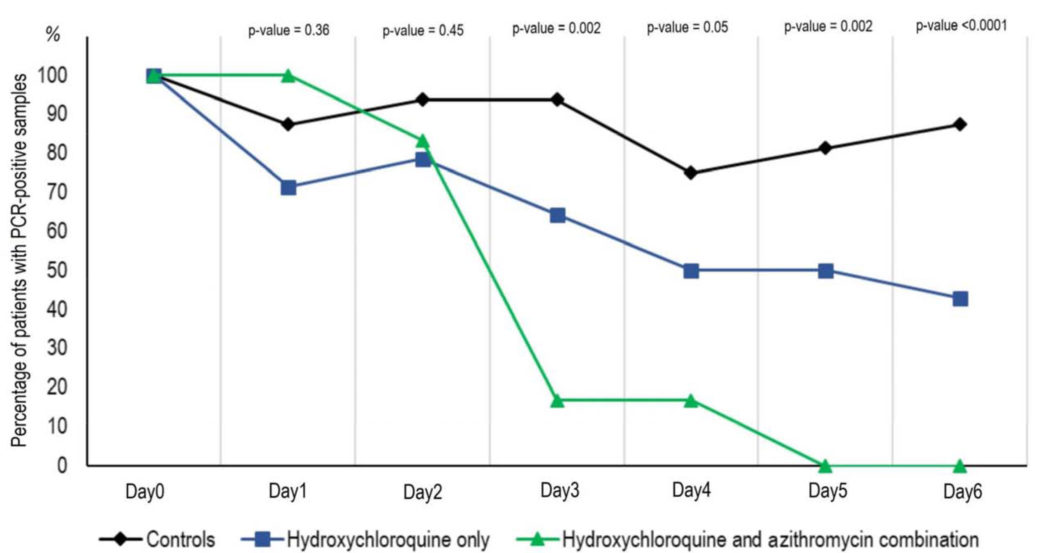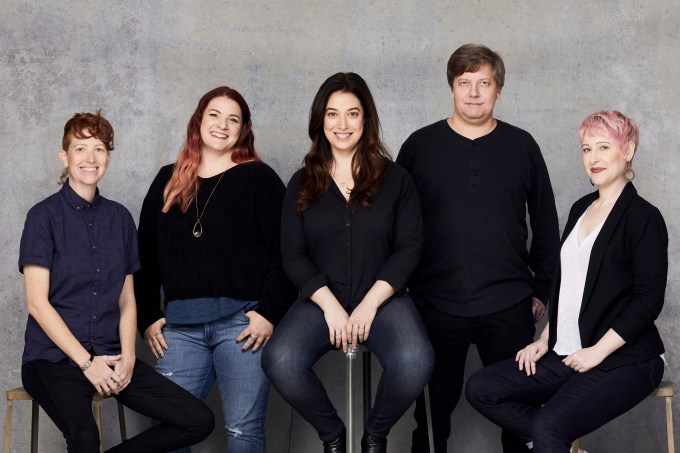Hiring chatbot Mya Systems — which uses a conversational AI to grease the recruitment pipeline by automating sourcing for agencies and large enterprises needing to fill lots of vacancies in areas such as retail and warehouse jobs — has closed an $18.75 million Series C.
The funding round was led by Notion Capital with participation from earlier investors, Foundation Capital and Emergence Capital, along with Workday Ventures . The 2012-founded company, which was previously known as FirstJob, raised an $11.4M Series A back in 2017.
Touting growth over the past year, Mya said it saw 3x customer subscription growth in 2019.
In all it says it now has more than 460 brands using its tools — including six of the eight largest staffing agencies, and 29 of the Fortune 100 — name checking the likes of Hays, Adecco, L’Oreal, Deloitte, and Anheuser Busch.
Its chatbot approach to engaging and “deeply” screening applicants via a mobile app has led to more than 400,000 interviews being scheduled with “qualified and interested” candidates, it added.
Pointing to the COVID-19 pandemic, founder and CEO Eyal Grayevsky suggested there could be increased demand for AI job screening as companies face highly dynamic recruitment needs. “Now more than ever, organizations in healthcare, e-commerce, light industrial, transportation, logistics, retail, and other industries impacted by COVID-19 need help scaling recruitment to serve large, unexpected spikes in demand. Mya is uniquely positioned to help organizations with high volume recruitment needs and the increasing reliance on temp and contract-based work,” he said in a statement.
“While some hiring is slowing down due to COVID-19, we are seeing spikes in demand from industries such as healthcare, light industrial, call center, logistics, grocery, and supply chain. We have received multiple requests from our healthcare, light industrial and e-commerce customers seeking additional support to rapidly scale engagement with nurses, in-home care professionals, warehouse workers, call center representatives, etc. to serve rapidly growing demand for those functions,” he also told us, saying the team is prioritizing helping those dealing with spikes in demand as a result of the coronavirus public health emergency.
In addition to conversational AI, Mya has focused on integrating its platform with other tools used for recruitment, including CRM, ATS and HRIS systems — plugging into the likes of Bullhorn, Workday, and SAP SuccessFactors. Asked what the new funding will be put towards, Grayevsky told us deeper integrations with such partners is on the cards, along with expanding use-cases for the product.
“Mya will be using the funds to invest in our platform, further expanding the use cases designed to support the end-to-end recruiting and post hire engagement process, and continuing to deepen our integrations with partner ATS solutions like Bullhorn, Workday, and SAP Successfactors. In addition to deepening our integrations, we are also investing heavily in turnkey, fully-featured solutions built alongside our ATS partners that allow for even greater ease and speed to implement Mya,” he said.
“Mya will also be investing in deepening our core platform and conversational AI technology, specifically to expand our conversational capabilities across new industries. We will further enhance our self-service conversation design and configuration capabilities to make it even easier for our customers to rapidly scale the Mya conversational experience across both high volume, hourly and professional roles. Lastly, we are strengthening our infrastructure and support for global customers who are rapidly scaling internationally (e.g. L’Oreal is now live in 18 countries globally).”
At this point Mya is selling its product into more than 35 countries — predominantly in North America, EMEA and APAC — with a focus on large and mid-sized employers that operate globally, including staffing businesses and corporations across high-volume recruitment industries such as healthcare, light industrial, call center, retail, transportation and logistics, hospitality, grocery and automotive.
“We have teams in both the US and Europe to support our expanding global customer base,” Grayevsky added. “With the new funding, we will continue to invest in the distribution, infrastructure and support needed to address demand across target markets globally.”
He name-checks the likes of Olivia, AllyO, Job Pal, Roborecruiter, XOR, and TextRecruit as main competitors. In terms of differentiation, he points to Mya having processed “tens of millions” of candidate interactions thus far — amassing an “ever-growing domain specific conversational dataset” — which he said enables it to continue to enhance the experience the platform can deliver for candidates.
“We have the most robust conversational technology and platform enabling rich, dynamic, and natural conversational experiences that deliver higher engagement, conversion, and actionable insights,” he claimed “We have the most in-depth solutions that support use cases across the entire recruiting funnel (e.g. sourcing, talent pool nurturing and re-engagement, screening, scheduling, contractor redeployment, etc.).
“We have the most experience successfully delivering deeply integrated solutions that scale for the largest staffing business and corporations (e.g. our largest customer is now deployed in 600+ locations globally, across hundreds of job roles, and thousands of recruiters on the platform, engaging with millions of both passive and active candidates on an annual basis), and… we are closely partnered with the leading ATS providers such as Workday and Bullhorn, where we have differentiated integrations and channel relationships that give us a competitive advantage.”
We also asked Grayevsky how the recruitment tool is complying with different national employment and equality laws, and also avoiding introducing any discrimination/bias into its AI-aided screening.
On this he said: “Mya does not apply any advanced AI or machine learning to decision making (i.e. determining fit for a job role), we are squarely focused on developing a robust conversational experience that allows Mya to engage instantly, capture information with high response and completion rates, automate outbound sourcing and scheduling process, and provide ongoing engagement and support with both active applicants and passive candidates in our customer’s talent community.”
He also said they have put steps in place to confirm the accuracy of candidate responses through the conversation (such as by adding a confirmation step for core requirements); and by “employing processes that check for bias, both before a solution goes into production and once its launched”.
Another step it’s taken to “ensure a positive experience for all candidates”, as he put it, is to provides the user an option to reroute a question that the bot does not understand to a recruiter.
“Those queries are immediately submitted into our AI training and annotation pipeline, tested and deployed into production to continually expand our FAQ support within the platform,” he told us.
“Mya’s mission is to create a far more efficient and equitable job market powered by conversational AI, and a core principle of that mission is to level the playing field,” Grayevsky added. “Our AI, engineering and product teams (which includes individuals from highly diverse backgrounds) make all product design decisions to consciously remove bias from the hiring process and ensure that information surfaced to hiring teams is accurate and objective.”
“We are also investing extensively to ensure Mya is in full compliance with local employment laws, data protection and privacy regulations, rules around opt-in and consent, everywhere we operate in the world. Ahead of GDPR, we worked with outside counsel on a Privacy Impact Assessment. That led to our appointment of a Data Protection Officer, and informed our ‘Privacy by Default’ and ‘Privacy by Design’ philosophies. We’re continuing to keep an eye on regulations around AI in the EU, and are already in compliance with the seven key requirements identified in the European Commission’s white paper on artificial intelligence.”
Asked about the disproportionate admin burden automated hiring tools can place on candidates, as they grease up efficiencies of scale for employers — i.e. by requiring jobseekers respond individually to screening system vs just being able to submit a single CV to multiple companies — Grayevsky argued that dynamic data-capturing recruitment systems, such as Mya, offer a better experience to job seekers via increased responsiveness and through expanding potential future job-matching opportunities.
“Traditional job applications often have many steps, and can take a long time to complete, creating a negative experience and drop-off for the employer. Those questionnaires are not dynamic and often lead to no response. That time and effort invested often cannot be leveraged into other opportunities,” he argued.
“With Mya, everyone gets a response instantaneously and around the clock (24/7). They can ask questions and get answers in real-time, providing more transparency and insight into the opportunity, process, and employer. Mya can follow up and if deemed fit by the hiring team, schedule a phone call or on-site interview with the recruiter or hiring manager to help accelerate the process.
“If they are ultimately not deemed fit by the hiring team due to a missing requirement, Mya is able to re-engage to help that candidate connect to a role that is more suitable based on their profile, interests, and availability. The idea is that a candidate can build one profile and be connected to multiple jobs, quickly and efficiently. We built our solution through the lens of the candidate, making it easy to provide information about qualifications, interests, and availability, and get connected to the right opportunities.”



